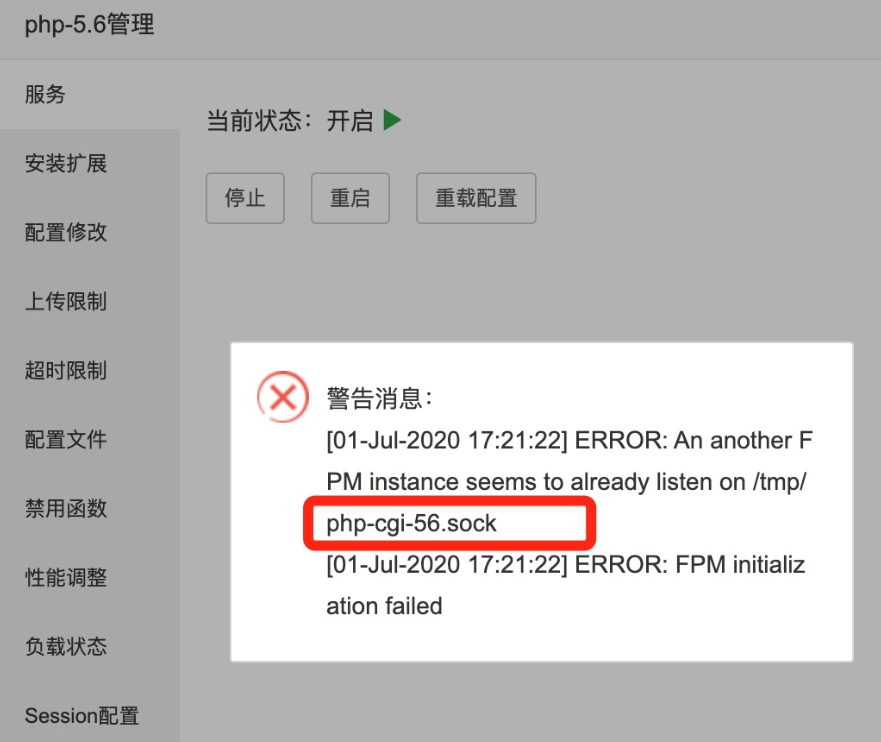xargs是给命令传递参数的一个过滤器,也是组合多个命令的一个工具。下面这篇文章主要给大家介绍了关于linux中xargs命令用法的相关资料,需要的朋友可以参考借鉴,下面来跟着小编一起看看吧。
前言
xargs命令是把接收到的数据重新格式化,再将其作为参数提供给其他命令,下面介绍xargs命令的各种使用技巧,一起来看看吧。
一、将多行输入转换成单行输入:
[root@host1 test]# echo -e "1 2 3 4 5 \n6 7 8 \n9 10 11 12" >example.txt [root@host1 test]# cat example.txt 1 2 3 4 5 6 7 8 9 10 11 12 [root@host1 test]# cat example.txt |xargs 1 2 3 4 5 6 7 8 9 10 11 12
将单行输入转换成多行输出:
[root@host1 test]# cat example.txt | xargs -n 3 1 2 3 4 5 6 7 8 9 10 11 12
自定义定界符进行转换(默认的定界符是空格):
[root@host1 test]# echo "Hello:Hello:Hello:Hello" | xargs -d : -n 2 Hello Hello Hello Hello
二、在脚本中运用:
[root@host1 test]# cat echo.sh #!/bin/bash echo $* '^-^'
当参数传递给echo.sh后,它会将这些参数打印出来,并且以"^-^"作为结尾:
[root@host1 test]# echo -e "Tom\nHarry\nJerry\nLucy" > args.txt [root@host1 test]# cat args.txt | xargs bash echo.sh Tom Harry Jerry Lucy ^-^ [root@host1 test]# cat args.txt | xargs -n 2 bash echo.sh Tom Harry ^-^ Jerry Lucy ^-^
在上面的例子中,我们把参数源都放入args.txt文件,但是除了这些参数,我们还需要一些固定不变的参数,比如:
[root@host1 test]# bash echo.sh Welcome Tom Welcome Tom ^-^
在上述命令执行过程中,Tom是变量,其余部分为常量,我们可以从"args.txt"中提取参数,并按照下面的方式提供给命令:
[root@host1 test]# bash echo.sh Welcome Tom [root@host1 test]# bash echo.sh Welcome Herry [root@host1 test]# bash echo.sh Welcome Jerry [root@host1 test]# bash echo.sh Welcome Lucy
这时我们需要使用xargs中-I命令:
[root@host1 test]# cat args.txt | xargs -I {} bash echo.sh Welcome {}
Welcome Tom ^-^
Welcome Harry ^-^
Welcome Jerry ^-^
Welcome Lucy ^-^
-I {} 指定替换字符串,对于每一个命令参数,字符串{}都会被从stdin读取到的参数替换掉,
使用-I的时候,命令以循环的方式执行,如果有4个参数,那么命令就会连同{}一起被执行4次,在每一次执行中{}都会被替换为相应的参数。
三、结合find使用
xargs和find是一对非常好的组合,但是,我们通常是以一种错误的方式运用它们的,比如:
[root@host1 test]# find . -type f -name "*.txt" -print | xargs rm -f
这样做是有危险的,有时会删除不必删除的文件,如果文件名里包含有空格符(' '),则xargs很可能认为它们是定界符(例如,file text.txt会被xargs误认为file和text.txt)。
如果我们想把find的输出作为xargs的输入,就必须将-print0与find结合使用以字符null('\0')来分隔输出,用find找出所有.txt的文件,然后用xargs将这些文件删除:
[root@host1 test]# find . -type f -name "*.txt" -print0 | xargs -0 rm -f
这样就可以删除所有的.txt文件了,xargs -0 将\0作为输入定界符。
四、运用while语句和子shell
[root@host1 test]# cat files.txt | (while read arg ;do cat $arg;done)
这条命令等同于:
[root@host1 test]# cat files.txt | xargs -I {} cat {}
在while循环中,可以将cat $arg替换成任意数量的命令,这样我们就可以对同一个参数执行多条命令,也可以不借助管道,将输出传递给其他命令,这个技巧适应于多种问题场景。子shell操作符内部的多个命令可作为一个整体来运行。
总结
以上就是linux中xargs命令技巧的各种使用详解的详细内容,更多请关注学派吧其它相关文章!



























